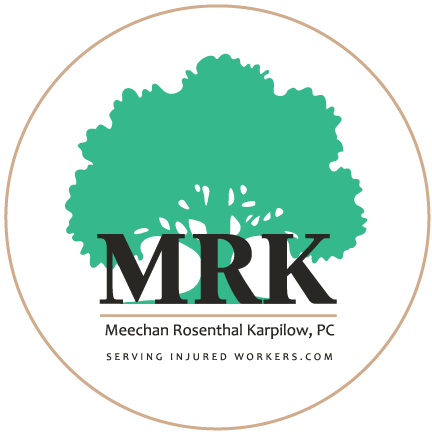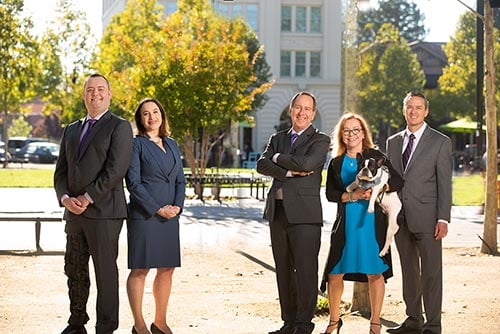Workers’ compensation is an important safety net designed to protect workers in case of on-the-job injuries.
However, there are common misconceptions surrounding this important aspect of workplace welfare.
Only dangerous jobs require workers’ compensation
Some think that only high-risk occupations warrant workers’ compensation. However, injuries can happen in any job, even seemingly safe ones. From slips and falls to repetitive strain injuries, the need for compensation spans work environments.
Workers’ compensation is only for accidents
The Department of Labor found 14,209 workers’ compensation claims filed, 11,377 of which became cases, in California as of mid-January 2024. While workers’ compensation covers accidents, it extends beyond sudden mishaps. Chronic conditions, such as occupational diseases or repetitive stress injuries, may also receive compensation.
Workers’ compensation is automatically granted
Workers’ compensation is not an automatic entitlement. To receive benefits, employees need to report injuries promptly and follow proper procedures. Delays or failure to adhere to reporting guidelines could jeopardize the chances of receiving compensation.
Workers’ compensation only covers medical bills
Workers’ compensation involves more than just healthcare costs. Compensation may include wage replacement for missed workdays and vocational rehabilitation if necessary. Workers should understand the comprehensive nature of these benefits.
Reporting an injury leads to job loss
Some workers fear that reporting an injury may jeopardize their job security. However, laws protect employees from retaliation. Employers cannot legally take adverse actions against workers seeking the benefits they should receive.
Small injuries do not qualify for compensation
Even minor injuries can have a significant impact on an individual’s life. Workers’ compensation addresses a wide spectrum of injuries. It supports employees regardless of the severity of the incident.
Dispelling these common myths ensures that workers can navigate the system confidently and secure the support they need.

